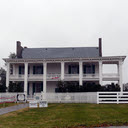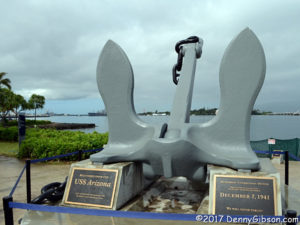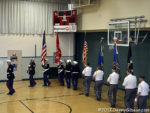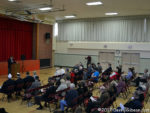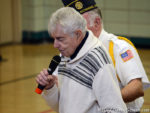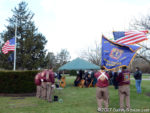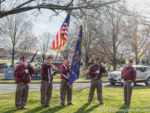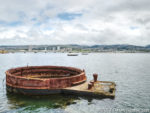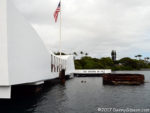 The question was never if there would be another book, just when and what. The answers are “now” (actually February) and “toll gates”. In my review of Cyndie L. Gerken’s first book, Marking the Miles Along the National Road Through Ohio, I noted that the huge amount of information presented in that book was only a portion of what Gerken has collected and that we would probably someday see “a Gerken penned treatise on bridges or taverns or toll houses or something else” which shows that taking three or four guesses really improves one’s chances of being right. Nailed it!
The question was never if there would be another book, just when and what. The answers are “now” (actually February) and “toll gates”. In my review of Cyndie L. Gerken’s first book, Marking the Miles Along the National Road Through Ohio, I noted that the huge amount of information presented in that book was only a portion of what Gerken has collected and that we would probably someday see “a Gerken penned treatise on bridges or taverns or toll houses or something else” which shows that taking three or four guesses really improves one’s chances of being right. Nailed it!
Taking the Tolls Along the National Road Through Ohio: A Study of Toll Gates and Toll Houses on Ohio’s National Road duplicates the form of Gerken’s first book. Both are rather large paperbacks. Both books are also filled with accurate and precise information, but that part’s not duplication; That’s just what Gerken does.
Federal funds for building the National Road dried up somewhere around Springfield, Ohio. Federal funds for maintaining it seem to have never existed. The “Gates Bill” of 1822 was a valiant attempt to finance ongoing maintenance through federally operated toll gates, but President Monroe vetoed the bill. At the time, the role of the federal government in internal improvements was a hotly debated topic. Regarding the power to establish and collect tolls, Madison was “…of the opinion that Congress does not possess this power…” The Feds solved the problem by giving the road to the states. The states solved the problem by charging to use the road. Sometimes the state charged the users directly by collecting tolls. Sometimes the state leased sections of the road to counties or even privately owned companies who then collected tolls.
In Ohio, things got started with seventeen toll gates which were soon augmented by three half gates. One thing this book taught me is that half gates are not, as I convinced myself, gates where a toll is charged in only one direction (Hey, it’s not that dumb!), but gates placed between full gates to catch traffic entering and leaving the road without paying any toll at all. Over the years, individual gates were moved and closed and new ones added.
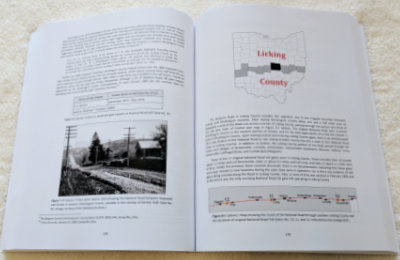 As she did with her first book, Gerken details her subject in a chapter per county moving east to west. However, before that happens, there is an introduction filled with information about the road and toll gates in general, then chapters on vehicles, toll house architecture, and bridges. Each of these, and the county chapters too, contain numerous photos and stories that color in the detailed information and keep things from becoming boring.
As she did with her first book, Gerken details her subject in a chapter per county moving east to west. However, before that happens, there is an introduction filled with information about the road and toll gates in general, then chapters on vehicles, toll house architecture, and bridges. Each of these, and the county chapters too, contain numerous photos and stories that color in the detailed information and keep things from becoming boring.
 Pictures of gate houses and gate keepers are to be expected, but they are not the only photo subjects presented. This might be the only book available with pictures of the world’s longest bar, grave robbers, a two-headed calf, a Spanish dime, Hopalong Cassidy, and the author’s mother riding in a goat cart. And every one of them belongs.
Pictures of gate houses and gate keepers are to be expected, but they are not the only photo subjects presented. This might be the only book available with pictures of the world’s longest bar, grave robbers, a two-headed calf, a Spanish dime, Hopalong Cassidy, and the author’s mother riding in a goat cart. And every one of them belongs.
People almost always keep things from being boring, and Gerken didn’t just compile data on buildings and locations. She dug up facts and stories on the people who occupied those buildings. Although much of that information is sprinkled throughout the book, even more is concentrated in a chapter titled “Meet the Gate Keepers” that follows the county chapters.
At this point, the book could be called boring without triggering a big argument from me. It is here that Gerken lists her numerous references and places several appendices of source material for rates, dates, and so on. Because of Gerken’s thorough research, the entire volume is certain to find work as a reference book but that is especially true of the last fifty or so pages. Three hundred pages of a nice blend of information and entertainment followed by fifty pages of “just the facts” is a pretty good mix.
Taking the Tolls Along the National Road Through Ohio: A Study of Toll Gates and Toll Houses on Ohio’s National Road, Cyndie L. Gerken, CreateSpace Independent Publishing Platform, February 8, 2018, 11 x 8.5 inches, 366 pages, ISBN 978-1981653515
Available through Amazon.

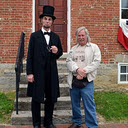
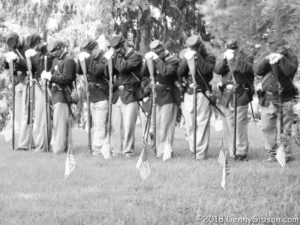
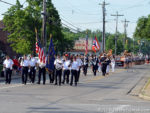
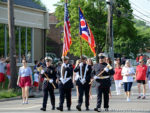
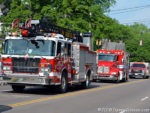
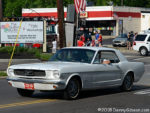
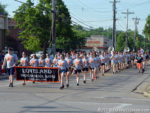
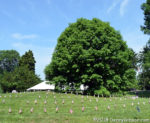
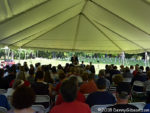
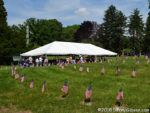
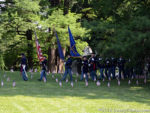
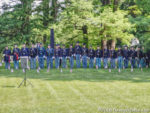
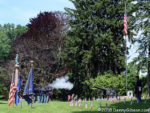




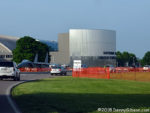
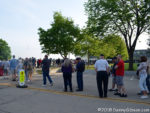
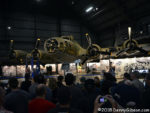
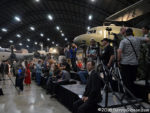
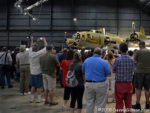
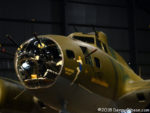
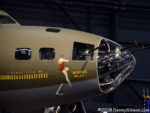
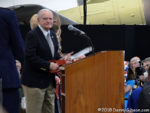
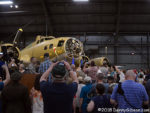

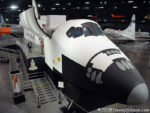
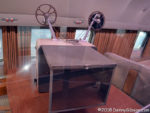
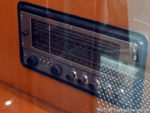
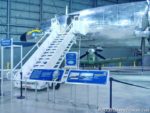
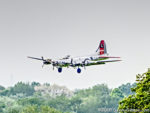
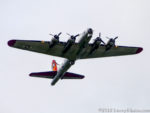
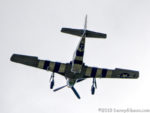
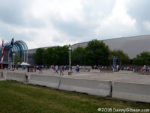
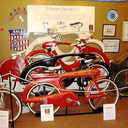
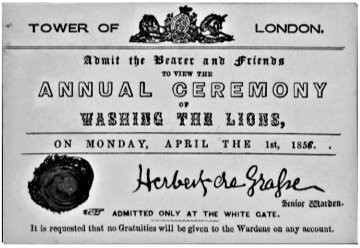 Fool me once, shame on you. Fool me annually, it’s a holiday. This year, Easter and April Fools Day coincide making things like Easter Snipe Hunts something to be on the lookout for. I always post on Sunday and, although the reasons are somewhat different, Easter always happens on Sunday. That means there have been several Easter anchored posts in the past. Despite them all being pretty shallow, I’ll post links at the end of this article.
Fool me once, shame on you. Fool me annually, it’s a holiday. This year, Easter and April Fools Day coincide making things like Easter Snipe Hunts something to be on the lookout for. I always post on Sunday and, although the reasons are somewhat different, Easter always happens on Sunday. That means there have been several Easter anchored posts in the past. Despite them all being pretty shallow, I’ll post links at the end of this article.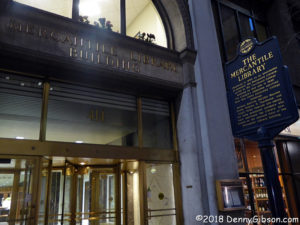
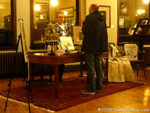

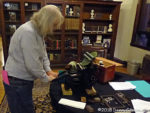
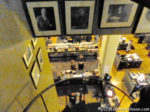




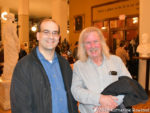
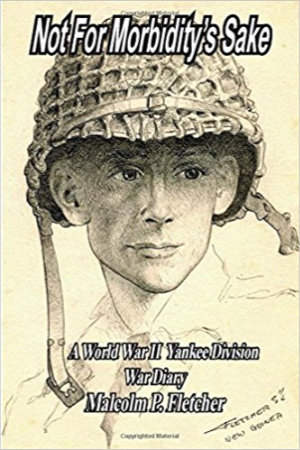 It’s a familiar story I’d never heard before. In no way is use of the word “familiar” meant to be dismissive. It’s just my way of acknowledging that many aspects of Malcolm Fletcher’s story are to be found in the stories of thousands of other World War II soldiers. Of course, each of those stories is also unique in ways both small and large. Large happenings that make Fletcher’s story unique include the actions that earned him a bronze star and the day he watched his brother get shot and captured. Getting coffee and doughnuts from the Red Cross in February and washing clothes and shaving in May are among the not-so-large pieces of the story that make it real. Numerous photographs, maps, and drawings — many by Fletcher himself — really fill things out.
It’s a familiar story I’d never heard before. In no way is use of the word “familiar” meant to be dismissive. It’s just my way of acknowledging that many aspects of Malcolm Fletcher’s story are to be found in the stories of thousands of other World War II soldiers. Of course, each of those stories is also unique in ways both small and large. Large happenings that make Fletcher’s story unique include the actions that earned him a bronze star and the day he watched his brother get shot and captured. Getting coffee and doughnuts from the Red Cross in February and washing clothes and shaving in May are among the not-so-large pieces of the story that make it real. Numerous photographs, maps, and drawings — many by Fletcher himself — really fill things out.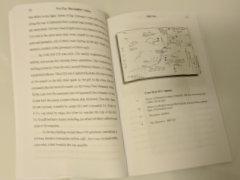 It’s a great story and well told, but there’s no denying that the mere fact that it is being shared plays a big role in setting this story apart from most of the others. The majority of those soldiers never told their story to anyone. A relative few did write it down or record it but not many saw an audience beyond family, friends, or a veterans organization. That Malcolm Fletcher wanted to share his story is obvious. He expanded his wartime notes and produced a “diary”. The title is his. Not For Morbidity’s Sake came from the fact that, as his son Michael says in the foreword, “…he took no pleasure in telling most of this story”. Malcolm Fletcher died in 1994, and Michael, with help from his brother Mark, made publication of the diary a reality. To a large degree, this meant editing their father’s writings, but they also augmented the story with information gathered from other family members, friends, and even some of the men who served with Malcolm.
It’s a great story and well told, but there’s no denying that the mere fact that it is being shared plays a big role in setting this story apart from most of the others. The majority of those soldiers never told their story to anyone. A relative few did write it down or record it but not many saw an audience beyond family, friends, or a veterans organization. That Malcolm Fletcher wanted to share his story is obvious. He expanded his wartime notes and produced a “diary”. The title is his. Not For Morbidity’s Sake came from the fact that, as his son Michael says in the foreword, “…he took no pleasure in telling most of this story”. Malcolm Fletcher died in 1994, and Michael, with help from his brother Mark, made publication of the diary a reality. To a large degree, this meant editing their father’s writings, but they also augmented the story with information gathered from other family members, friends, and even some of the men who served with Malcolm.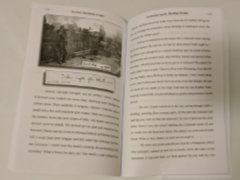 Those observations also fed some slightly philosophical thinking on the horrors of war and the brotherhood of man. He had personal experience with both. Whether the deeper of Fletcher’s thoughts came during his time in Europe or while he subsequently transcribed his notes in safety in the USA is unclear and unimportant. He was in the midst of battles where men destroyed each other with cannons, bombs, rifles, bayonets, and flame-throwers. He saw many and met a few French, Belgian, and German civilians whose world was ravaged beyond comprehension. And he was there at the end of the conflict, interacting with German and Russian soldiers to learn that “These Russies are just like us.”
Those observations also fed some slightly philosophical thinking on the horrors of war and the brotherhood of man. He had personal experience with both. Whether the deeper of Fletcher’s thoughts came during his time in Europe or while he subsequently transcribed his notes in safety in the USA is unclear and unimportant. He was in the midst of battles where men destroyed each other with cannons, bombs, rifles, bayonets, and flame-throwers. He saw many and met a few French, Belgian, and German civilians whose world was ravaged beyond comprehension. And he was there at the end of the conflict, interacting with German and Russian soldiers to learn that “These Russies are just like us.”